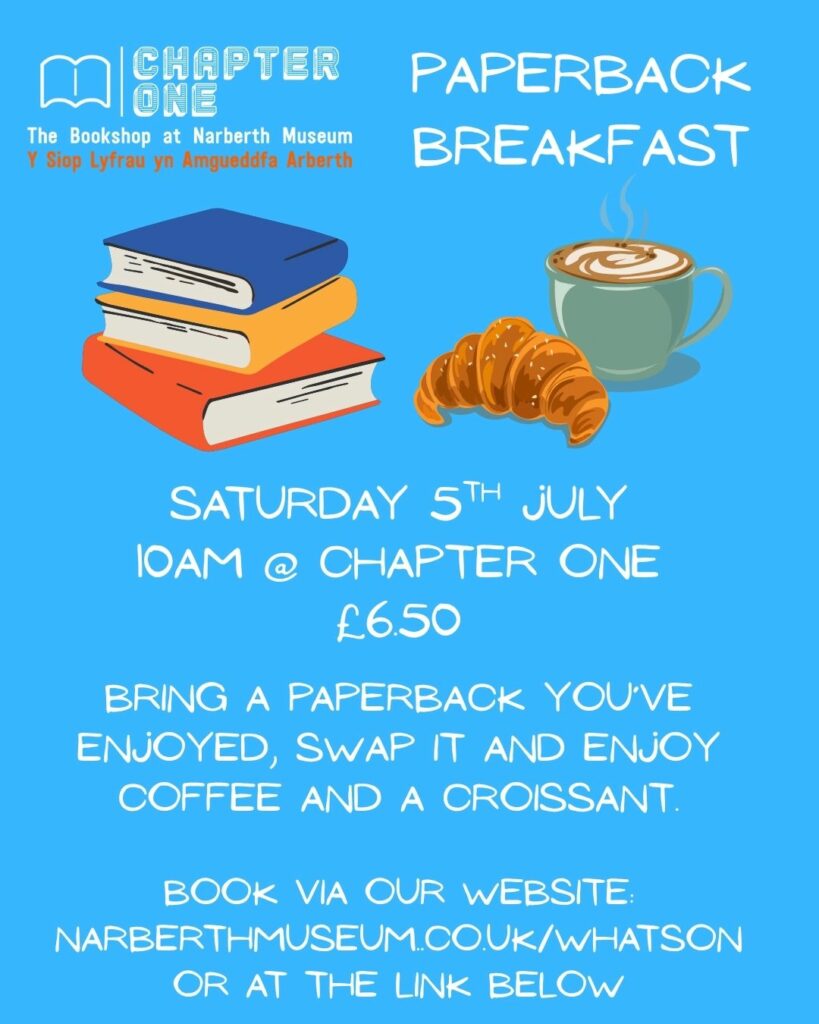
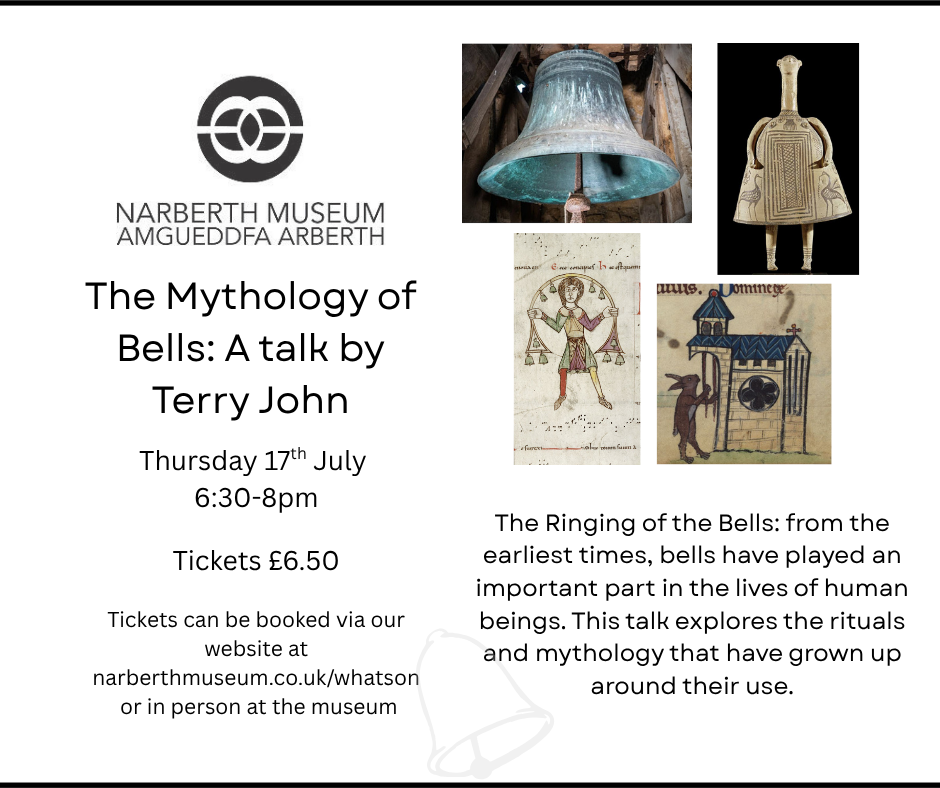

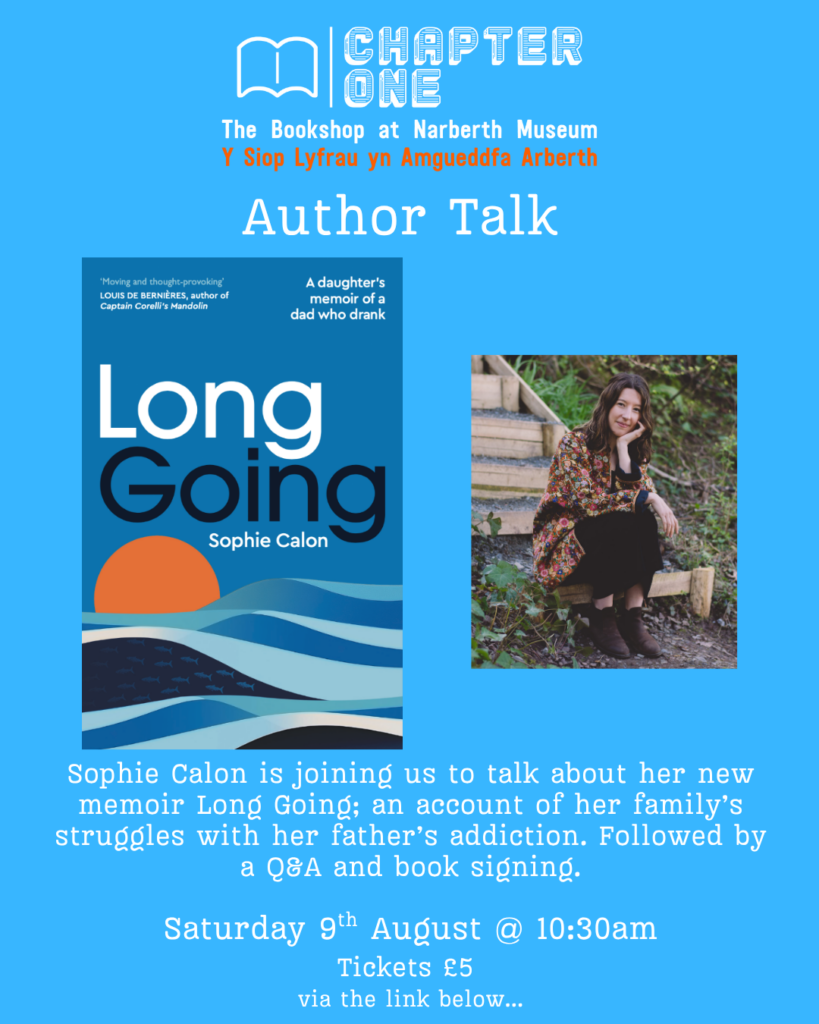
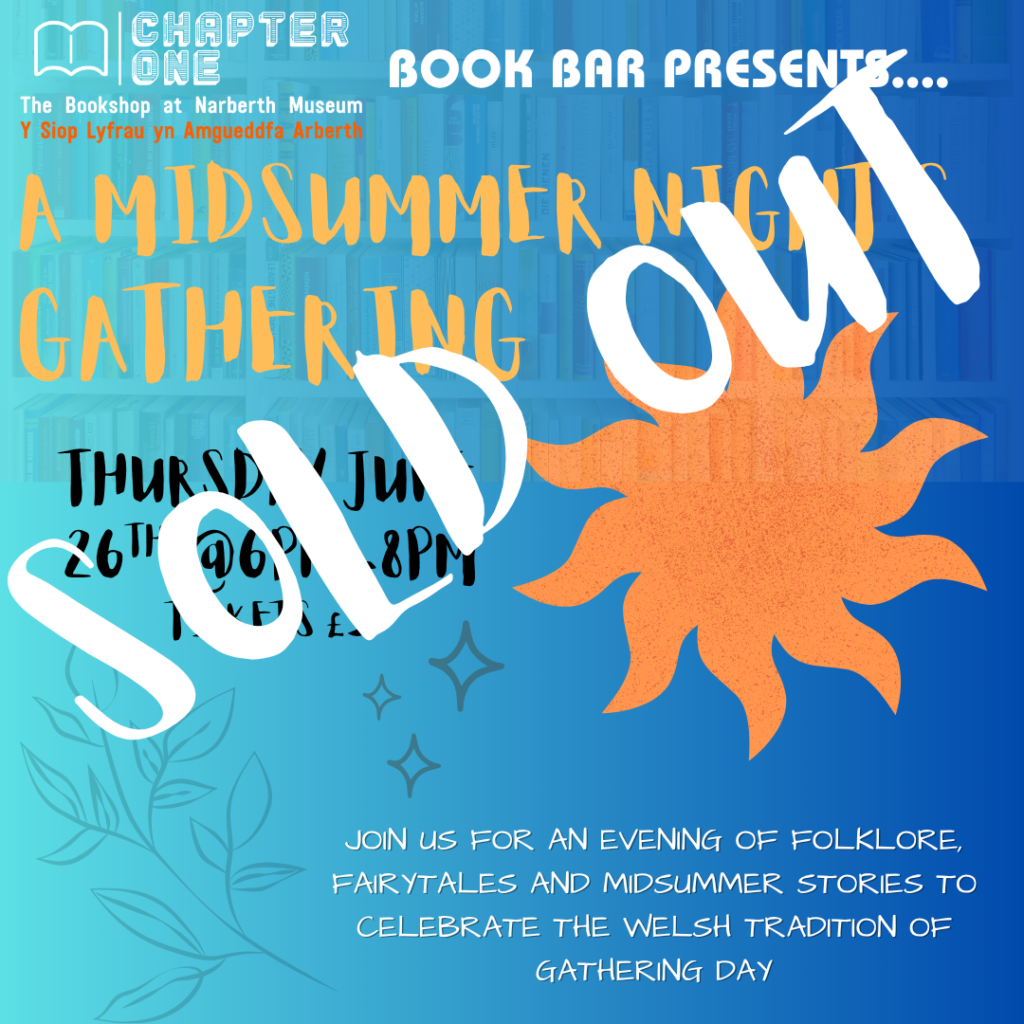
Cymraeg





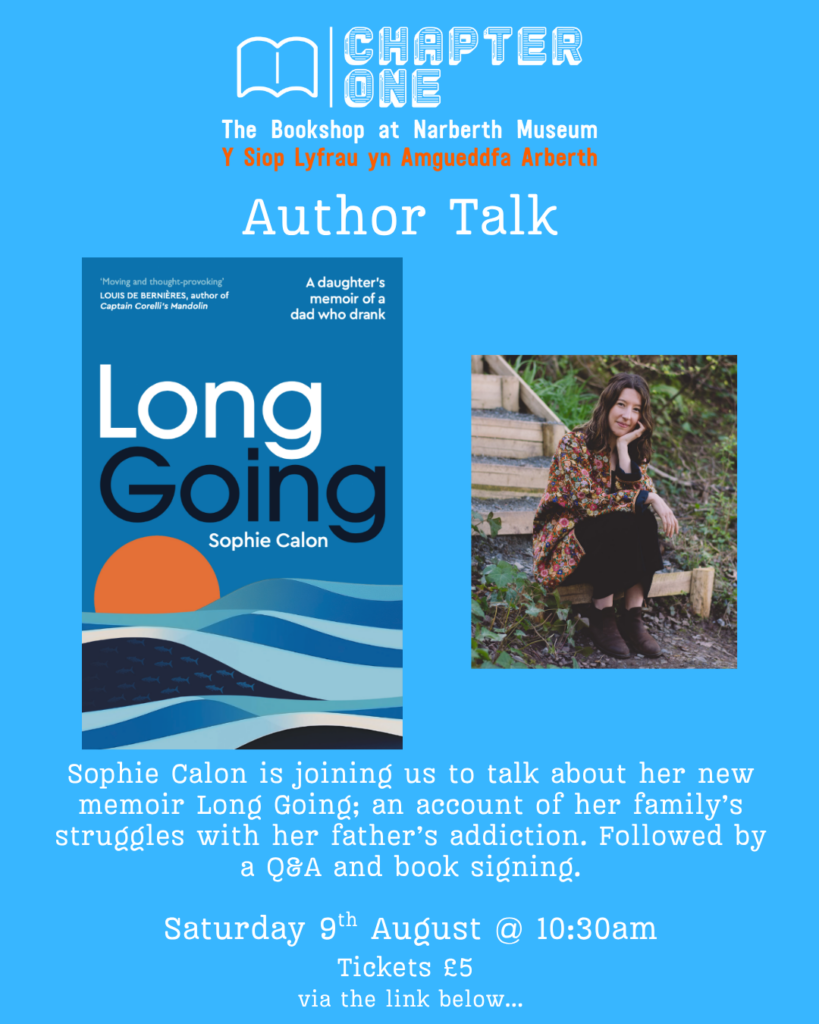
We’re looking forward to Sophie Calon joining us at Chapter One on Saturday 9th August to talk about her book Long Going, a searingly honest memoir about her father’s addiction and her family’s struggles with it.
Sophie will give a reading followed by a talk that touches upon the themes of resilience and wellbeing that play such an important part in her story. There will then be a Q&A and book signing.
Sophie Calon was born and raised in Cardiff. State-educated, Sophie studied Classics at Oxford University then trained as a journalist in her hometown. Her writing has been published in The Guardian, The TLS, Literary Review, and the anthology Tales of Two Londons. Her story Cantlos was runner-up for the 2021 Wild Writing Prize and published by Short Fiction. Sophie lives with her husband, daughter, cats and cows on a hilltop near Hay-on-Wye, where they are returning nature to their surroundings.
Click on the link to book your tickets: https://www.paypal.com/ncp/payment/YPFPJYFKJ65Y2
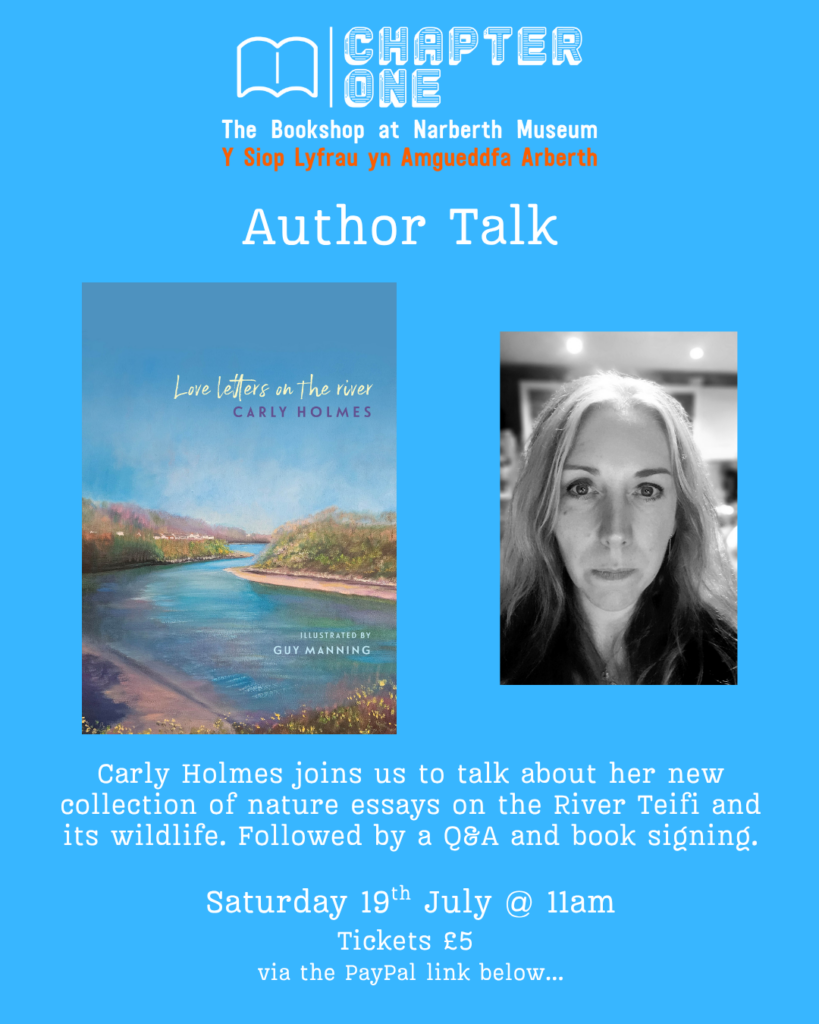
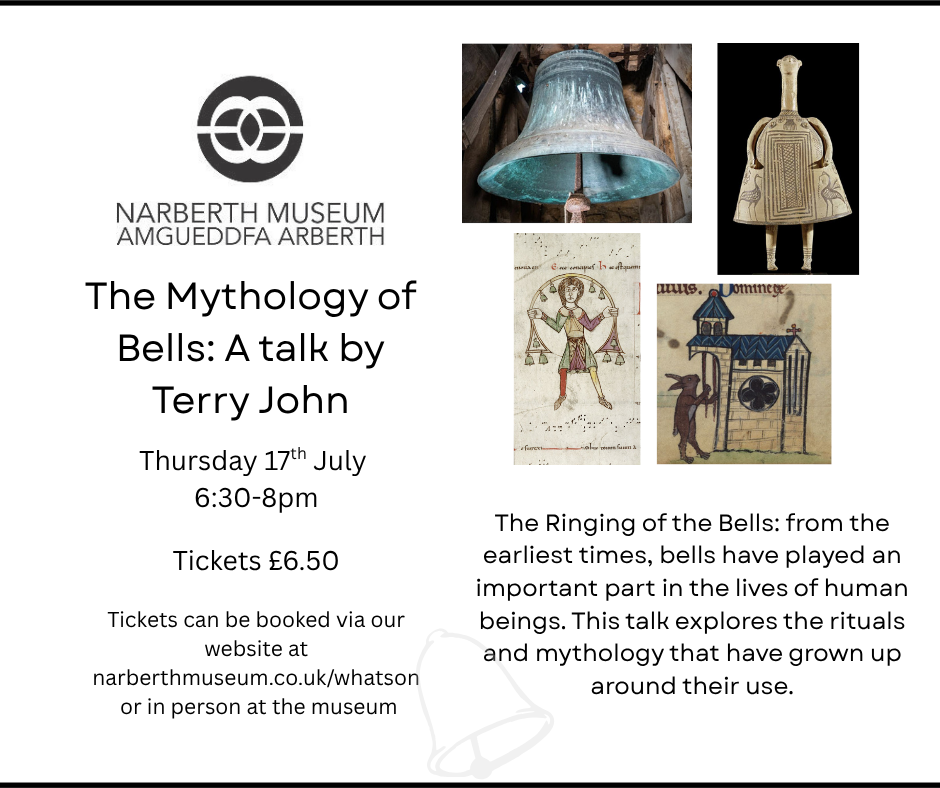
Please buy your ticket here: https://www.paypal.com/ncp/payment/PEGBT7U2JQGCW
The Chapter One Book Bar is back and this time we’re celebrating all things midsummer. In the spirit of the Welsh tradition of Gathering Day where medicinal herbs were collected, we’re collecting and sharing stories as a tonic for the soul. Ever heard the story of Blodeuwedd? Or wondered whether the Tylwth Teg (mischievous fairies) are real? Perhaps you’d like to know more about the healing powers of the Pembrokeshire witches (Gwraig hysbys). If so, join us for an evening of magical storytelling in our bookshop. And being a Book Bar, there will be drinks available. Tickets can be purchased here: https://www.paypal.com/ncp/payment/YMAG2GGF9BGSA.
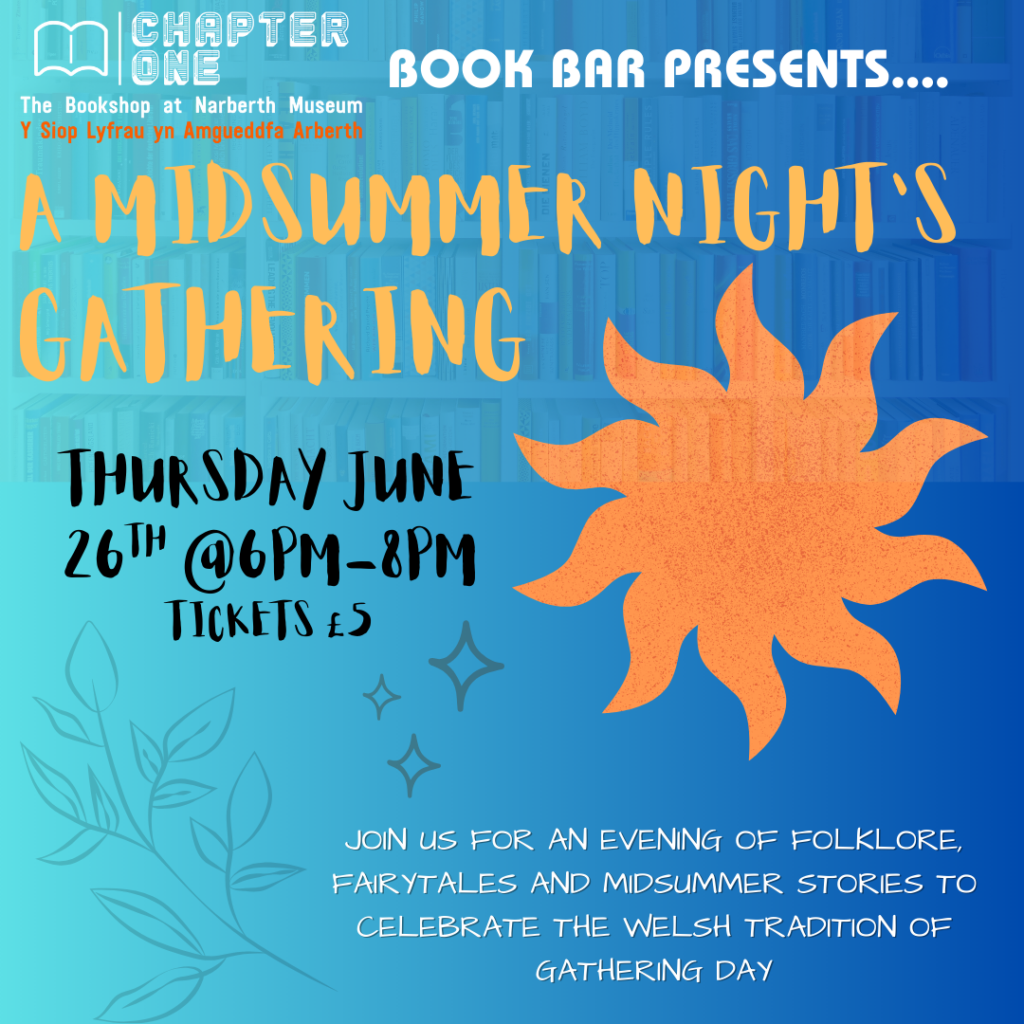
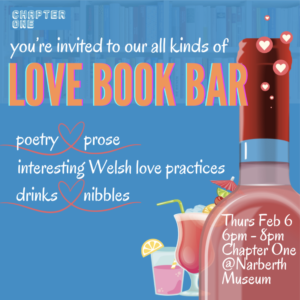
Following on from our first Wine and Crisp Book Bar, you’re invited to an all-kinds-of Love Book Bar on February 6th, 6 – 8pm.
We’ve five readers of love poetry, some insights into interesting Welsh love practices and love themed drinks and nibbles. Mark Lewis has curated the event, and promises us an evening of romantic and not so romantic love delights. You can book tickets for £5 here.
Here’s a taster of the event, with a sample of the new Poetry Pause podcast, which is recorded in Chapter One’s bookstore, here at the museum.
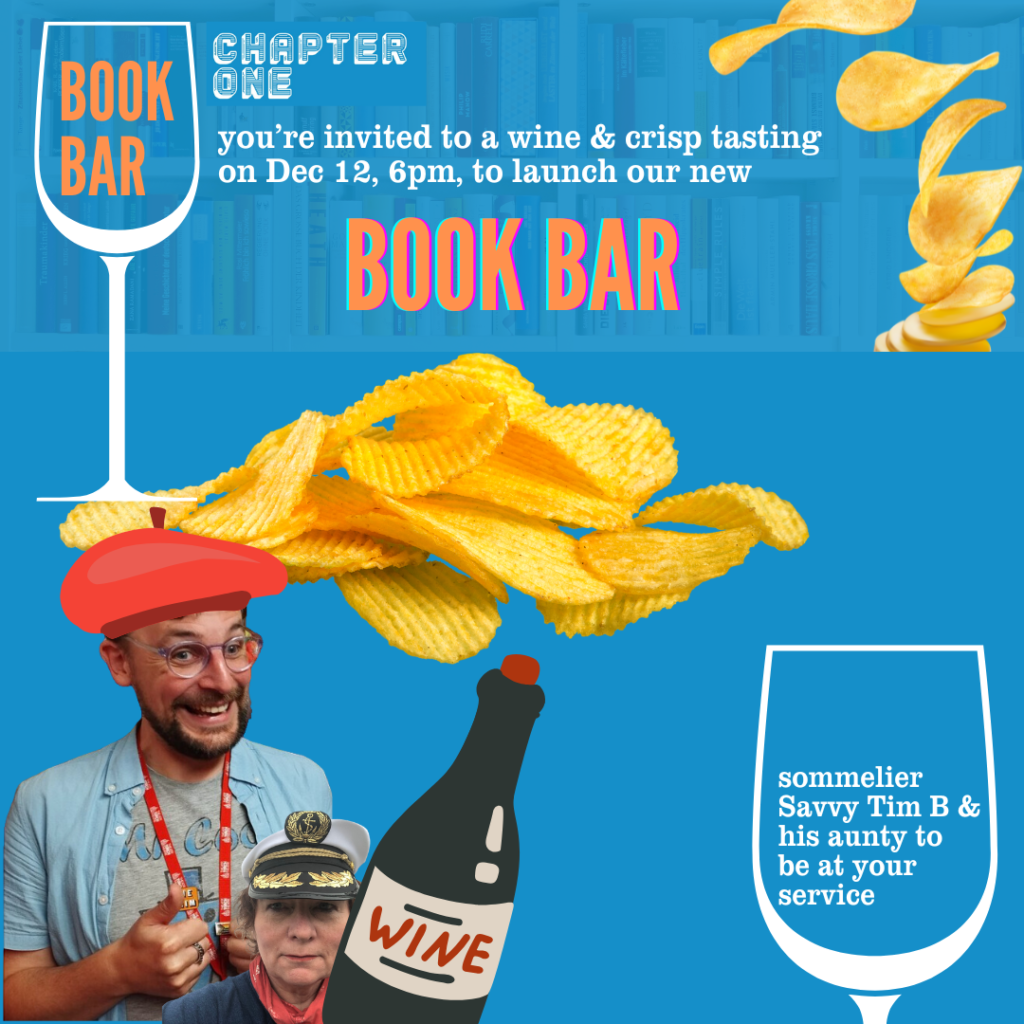
With huge pleasure we invite you to a wine and crisp tasting, to launch our Book Bar at Chapter One in the museum. We’ll sample a variety of wines and crisps, carefully curated by local star sommelier, Savvy Tim B, with his aunty in attendance, who’ll attempt to keep order.
In between tastings, you’ll be able to browse and buy books, while you sip your sauvingnon blanc or rioja.
Should you need them, our booksellers will be on hand to give suggestions, and we’ll try and keep them sober, so they remain coherent.
https://www.paypal.com/ncp/payment/MWD32TLJ2BSWQ
Tickets are £3, it’s 6pm Thursday Dec 12th, and we’d love you to book in advance, to help our pre-ordering. Much appreciated and iechyd da till then!
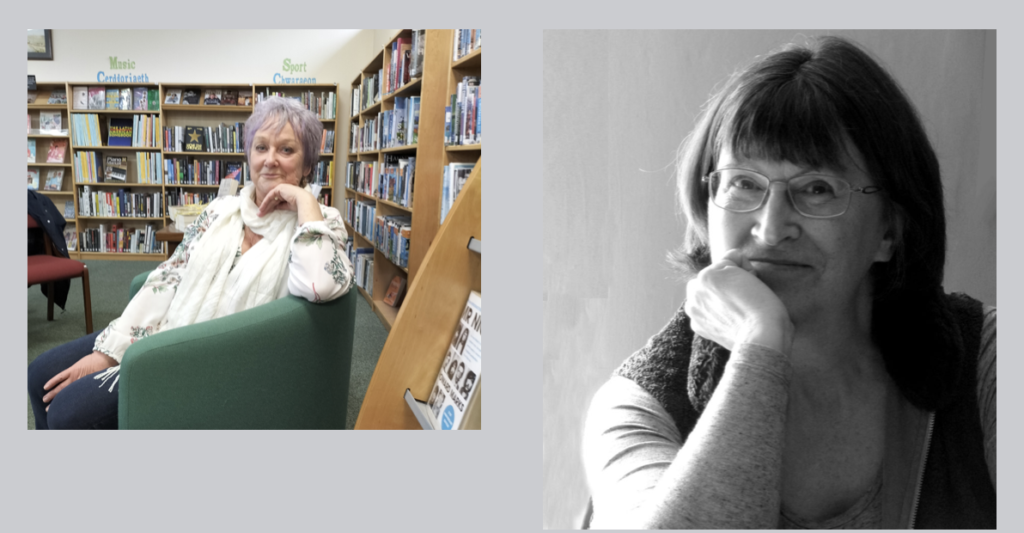
Local authors Judith Barrow and Thorne Moore will be revealing some of the tricks of the trade in an informal discussion about their work. They will be talking about how they go about developing characters (both good and bad!), their latest novels and creative writing generally.
The talk will take place at 11.00 on 30th of November and tickets costing £5.00 can be obtained on here or by phoning 01834 860500
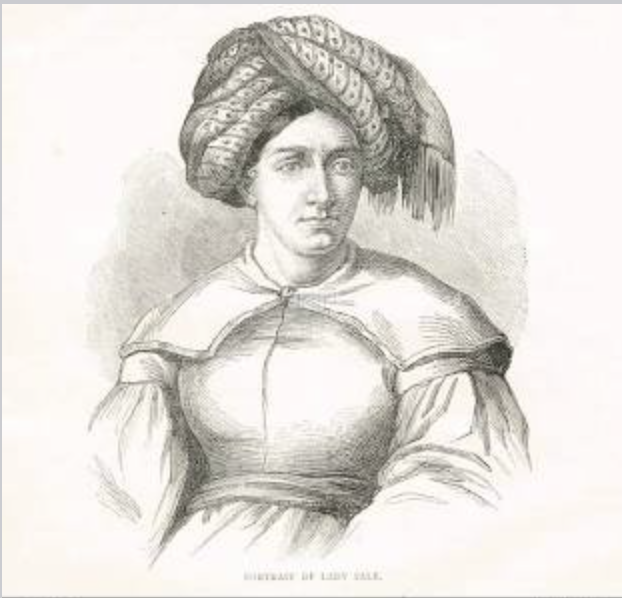
| Rescuing Lady Sale |
| In 1842, the British and Indian troops occupying Kabul in Afghanistan were forced to retreat through the mountain passes back to India. Thousands perished in the snows and a number of British women and children were taken prisoner. Amongst them was the redoubtable Lady Florentia Sale. Eventually the captives were released and amongst the troops who came to their rescue was James Nicholas, who today lies buried in Narberth churchyard. This talk relates the story of the disastrous retreat. Local historian Terry John will tell us all about this amazing woman in the latest of his ever-popular talks on 7th November from 2.00 – 4.00pm Tickets cost £5.00 and are available here or you can ring 01834860500 |